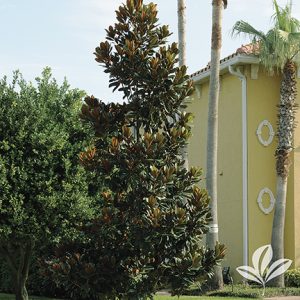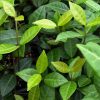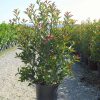Premier Nursery – Tree Nursery In Euless and Benbrook
Welcome to Premier Nursery’s tree nursery, where nature thrives! We offer a diverse selection of healthy, robust trees to suit every landscape. Whether you’re looking for shade trees, flowering varieties, or fruit-bearing options, our knowledgeable staff is here to guide you. Click to view our fruit trees.
Crepe Myrtle Trees ‘Natchez’: (Lagerstromia x Natchez)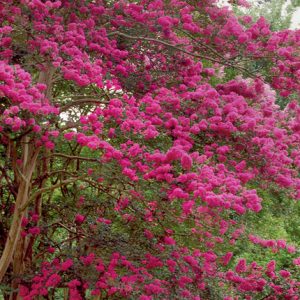
Deciduous flowering tree. Bright white, hot pink, lavender, or red flowers that bloom late spring through summer. Crepe Myrtles are drought tolerant with an average height of 25 feet tall and 20 feet wide. The annual growth rate is between 1 and 3 feet.
Shop Crepe Myrtle TreesCrepe Myrtle Muskogee 15 gal. $299.88 $239.88
Crepe Myrtle Muskogee 30 gal. $599.88 $479.90
Crepe Myrtle Natchez 15 gal. $299.88 $239.88
Crepe Myrtle Natchez 30 gal. $599.88 $479.90
Crepe Myrtle Tuscarora 15 gal. $299.88 $239.88
Crepe Myrtle Tuscarora 30 gal. $599.88 $479.90
Magnolia Trees: (Magnolia Grandiflora)
At Premier Nursery we’re proud to offer a stunning selection of magnolia trees that will transform your landscape into a botanical masterpiece. Our varieties of magnolia trees vary in height from 20-feet tall to 50-feet tall. Our magnolias offer a variety of shade, privacy, and charm for any yard! They also do best in well-drained soils. Prefers acidic soil but will adapt to most soil types and can grow upwards of 1-2 feet per year.
Our varieties include Little Gem Magnolia, D.D. Blanchard Magnolia, and Teddy Bear Magnolia. Our team of experienced horticulturists is here to assist you in selecting the perfect magnolia tree for your landscape. Whether you’re a seasoned gardener or just starting, we’re eager to share our knowledge and help you make the best choice for your outdoor oasis.
Shop Magnolia TreesMagnolia grandiflora “Little Gem” 15 gal. $299.88 $239.90
Magnolia grandiflora “Little Gem” 30 gal. $599.88 $479.90
Magnolia grandiflora “Little Gem” 45 gal. $988.88 $791.10
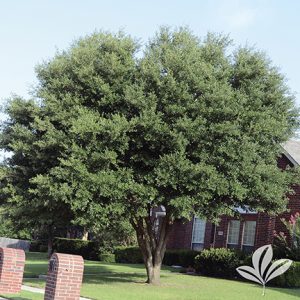 Live Oak Tree: (Quercus virginiana)
Live Oak Tree: (Quercus virginiana)
Evergreen shade tree growing to 40-foot-tall and spreading 60-80 foot wide. Live Oaks adapt well to most soil conditions. Long-lived tree growing up to 2 feet annually. Live Oak trees are renowned for their sprawling canopies of lush, dark green foliage. These grand trees create a natural oasis, casting cooling shade during the hottest days and providing a tranquil retreat for all who seek refuge beneath their branches.
Shop Live Oak Trees
Live Oak 15 gal. $299.88 $239.88
Live Oak 30 gal. $599.88 $479.90
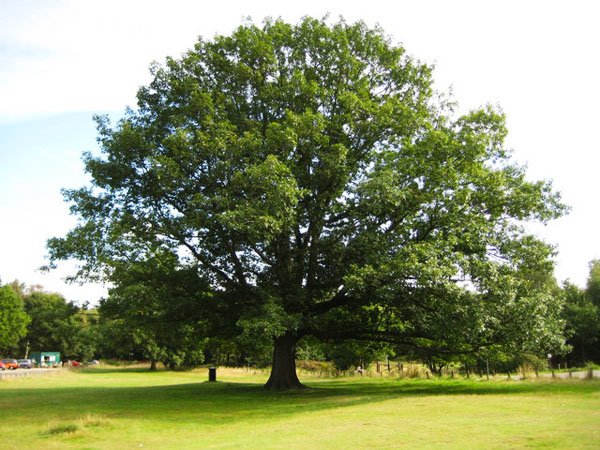 Red Oak Trees: (Quercus shumardii)
Red Oak Trees: (Quercus shumardii)
Deciduous shade tree is known for its beautiful fall color. Grows 40-60-foot-tall and 40-60 foot wide. Red oaks adapt to most soils and can grow up 2 feet per year.
Red Oak trees are revered for their robust growth and striking appearance. With their broad, spreading canopy and glossy green leaves that turn vibrant shades of red in the fall, these trees add an aura of elegance to any setting.
Shop Red Oak TreesRed Oak 15 gal. $299.88 $239.88
Red Oak 30 gal. $599.88 $479.90
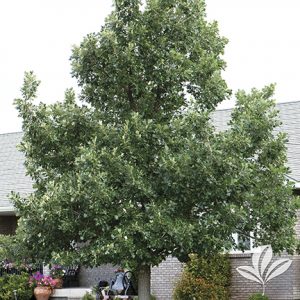 Burr Oak Trees: (Quercus macrocarpa)
Burr Oak Trees: (Quercus macrocarpa)
A large deciduous shade tree grows 80-foot-tall and 50 foot wide. Adapt to most soil type and can grow upwards of 1 to 3 feet per year.
Experience the awe-inspiring beauty of Burr Oak trees. With their wide, spreading canopies, gnarled branches, and deeply furrowed bark, Burr Oaks are a sight to behold in any season. In spring, their fresh green leaves herald the return of life. In autumn, their foliage transforms into a stunning tapestry of reds and golds.
Shop Burr Oak TreesBurr Oak: (Quercus macrocarpa) 30 gallons $599.88 $479.90
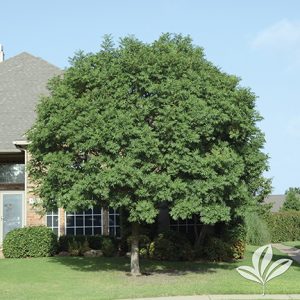 Chinese Pistache Trees: (Pistacia chinensis)
Chinese Pistache Trees: (Pistacia chinensis)
Medium size deciduous shade tree, growing 30- 40 feet tall and wide. Tolerates most soil conditions and is drought tolerant. Known for its beautiful fall color. Annual growth of 2.5 feet.
Shop Chinese Pistache TreesChinese Pistache 30 gal. $599.88 $479.90
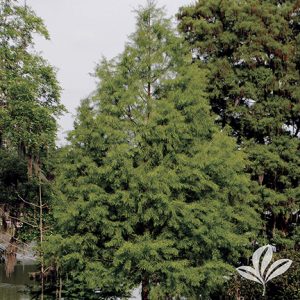 Bald Cypress Trees: (Taxodium distichum)
Bald Cypress Trees: (Taxodium distichum)
Pyramid-shaped deciduous tree. Grows 50-70 feet tall and 25 feet wide at maturity. Adapts well to wet or dry conditions. Annual growth rate 1-2 feet per year.
Shop Bald Cypress TreesBald Cypress 30 gal. $599.88 $479.90
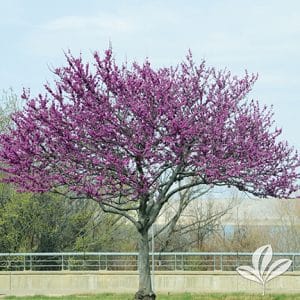 Red Bud Trees: (Cercis canadensis)
Red Bud Trees: (Cercis canadensis)
Deciduous early spring-blooming shade tree. Grows 30 feet tall and wide. Known for its bright pink blooms in early spring. Does well in sun or shade. Annual growth of 12-18 inches.
Shop Redbud TreesRed Bud 15 gal. $299.88 $239.90
Red Bud 30 gal. $599.88 $479.90
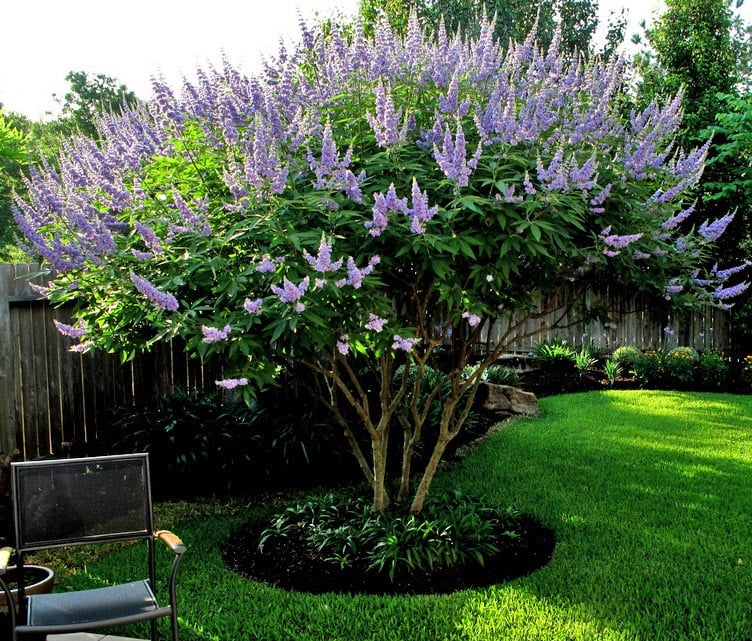
Vitex Trees
The Vitex, also known as Chaste Tree, is a deciduous shrub or small tree that is widely used in North Texas. Vitex has a summertime display of purple blooms from mid-summer until early fall. Removing the spent flower spikes after the initial blooms have died will initiate another round of blooms. Vitex grows best in full sun and in well-drained soils.
Shop Vitex TreesVitex 3 Gallon Pots $39.88 $31.90
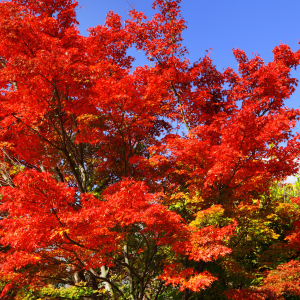 Red Maple: (Acer Rubrum)
Red Maple: (Acer Rubrum)
Leaves: Red maples have distinctive, deeply lobed leaves with serrated edges. The leaves typically turn vibrant shades of red, orange, or yellow in the fall, making them a striking feature in landscapes.
Size: They generally grow to a height of 40 to 60 feet tall, but under optimal conditions, they can reach up to 90 feet.
Flowers: In early spring, red maples produce small, red or yellow flowers that bloom before the leaves emerge. These flowers are an early food source for pollinators.
Adaptability: Red maples are adaptable trees that can grow in various soil types, though they prefer moist, well-drained soils. They can thrive in both full sun and partial shade.
Lifespan: They have a moderate to fast growth rate and can live for several decades.
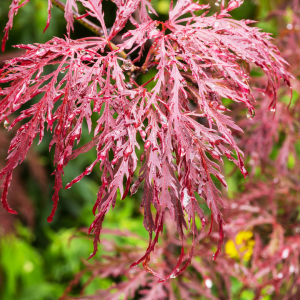 Japanese Maple (Acer Palmatum)
Japanese Maple (Acer Palmatum)
Japanese maples, scientifically known as Acer palmatum, are renowned for their stunning foliage, delicate leaves, and graceful, often weeping, form. Here are some of their prominent characteristics:
Leaf Shape and Color: Japanese maple leaves can vary widely in shape, from deeply lobed to finely dissected. They come in various colors like green, red, purple, and variegated combinations. Some leaves change color with the seasons, displaying vibrant shades of red, orange, or yellow in autumn.
Size: Japanese maples can vary significantly in size depending on the cultivar. They can be small enough for container gardening or grow into larger trees reaching heights of around 20-25 feet.
Seasonal Changes: Japanese maples exhibit changes throughout the seasons. In spring, they produce delicate flowers before the leaves emerge. During summer, their foliage provides shade and color. As autumn arrives, the leaves put on a breathtaking display of fall colors.
Cultivars and Varieties: There are numerous cultivars and varieties of Japanese maples, each with its unique leaf shape, color, and growth habit. Some popular ones include the Bloodgood, Emperor, and Crimson Queen.
Maintenance: Japanese maples generally require well-drained soil, regular watering, and protection from harsh sunlight and strong winds. Pruning may be necessary to maintain the desired shape.
Visit one of our two Fort Worth plant nursery locations, or call us for more information.

